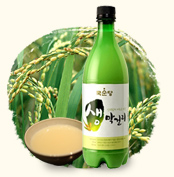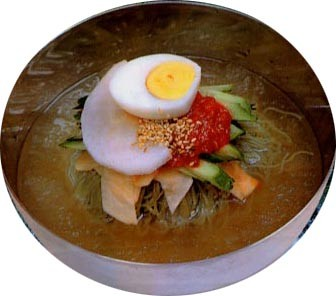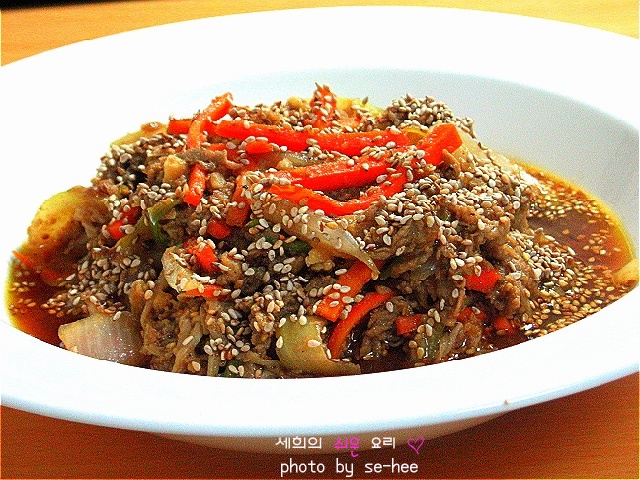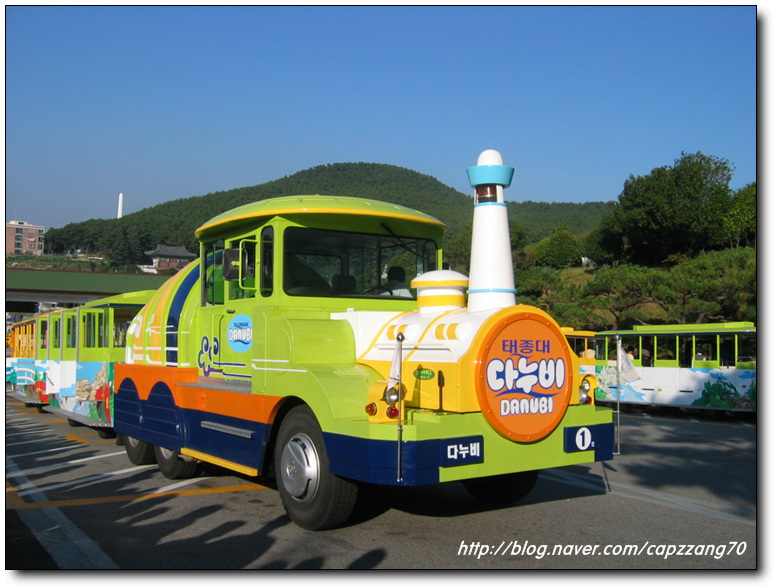- Makgeolli is unique to Korea. It is made by mixing steamed glutinous rice, barley, or wheat with nuruk, a fermentation starter culture, and water, and then leaving the mixture to ferment. It has a milky, opaque color and a low alcohol content of 6%-7%. It is also called takju (tak meaning opaque) or nongju (nong means farming) because it is traditionally enjoyed by farmers after a day of hard labor.
In Korea, the most popular types of makgeolli are ssal makgeolli (쌀막걸리) made of rice (ssal means ‘rice’) and dongdongju (동동주) in which unstrained rice floats on the surface (dongdong means ‘floating’). When drinking makgeolli, make sure to shake or stir it well before drinking. The best makgeolli is an intriguing blend of sweet, sour, bitter, and astringent tastes. You can try makgeolli almost anywhere in Seoul, particularly recommended are the traditional Korean taverns in the downtown Insa-dong or Myeong-dong areas. Outside of Seoul, there are also many establishments that sell makgeolli. You will also find a wide range of makgeolli or dongdongju at grocery stores, convenience stores, and department stores. Unpasteurized makgeolli will last for only 10 to 30 days, so make sure to check the expiry date - Korea's traditional makgeolli rice wine has been found to have potent anti-cancer properties that are 10-25 times greater than beer and grape
wine, a state-run laboratory said Thursday.
- Ingredients: Rice, fernbrake, roots of balloon flower, bean sprout, beef, red
pepper paste, sesame oil
- A dish made by mixing rice with various other cooked vegetables. Great for experiencing different vegetables, pleasing to the eye, and full of nutrients. Jeonju's variation of bibimbap is most famous.
- When most people think of Korean food, they think of Kimchi, Korea's staple side dish which, along with rice, accompanies almost every meal.
- This side dish of fermented vegetables continues to be an essential part of any Korean meal. Early kimchi dishes were relatively mild, spiced with fermented anchovies, ginger, garlic, and green onions. Koreans still use these ingredients today, but the spice most closely associated with modern kimchi is red pepper powder. Korea boasts more than two hundred types of kimchi, all rich in vitamins, minerals, and proteins created by the lactic acid fermentation of cabbage, radish, and other vegetables and seafood.
- Ingredients: Noodles made of buckwheat or starch, beef broth, thin slices of beef, julienne cucumber, julienne pear, boiled egg
- Noodles served in cold beef broth- the soup is refreshing. There is also
bibim naengmyeon, which doesn't have soup but is mixed with red pepper
paste instead.
- Bulgogi is one of Korea's most famous grilled dishes. It is made from sirloin or another prime cut of beef (such as top round), cut into thin strips. For an outside barbecue, the meat is marinated for at least four hours to enhance the flavor and to tenderize it in a mixture of sesame oil, soy sauce, black pepper, garlic, sugar, onions, ginger, and wine. The marinated beef is cooked on a metal dish over the burner. Whole cloves of garlic, sliced onions, and chopped green peppers are often grilled at the same time.
|
막걸리Makgeolli (traditional liquid) |
|
|
비빔밥 Bibimbap (Rice Mixed with Vegetables and Beef) |
|
|
김치(kimchi) |
|
|
냉면 (Naengmyeon (Buckwheat noodles in a cold broth) |
|
|
불고기 (Bulgogi ) |
|












